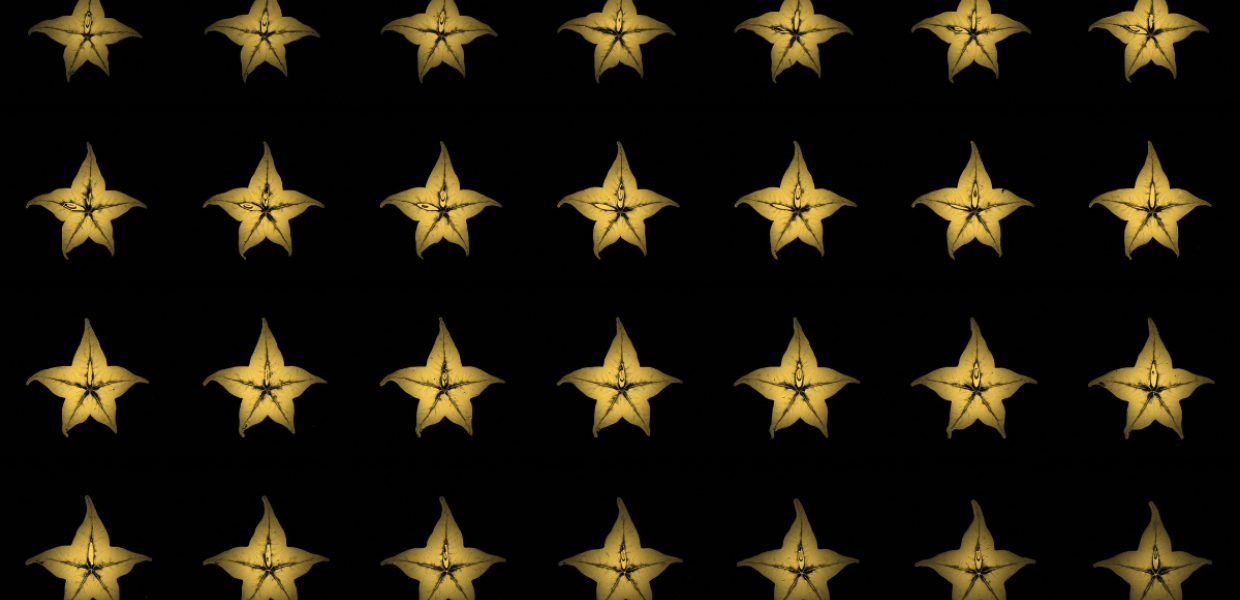A Massive Open Online Course (MOOC) is a model for delivering learning content online to virtually any person with no limit on attendance. The ‘Europeana in your classroom: building 21st-century competences with digital cultural heritage’ MOOC helps teachers use digitised cultural heritage material in teaching by providing an introduction to the Europeana platform and specially developed resources that can easily be integrated into lessons. It also supports teachers to build learning scenarios using digital cultural heritage, in a framework of 21st-century skills.
The MOOC was first launched in April 2018 on the European Schoolnet Academy website and has since been repeated in English and translated into Portugese and Spanish. The course completion rate (calculated by dividing the total number of participants that completed the course were awarded a certificate for course completion by the total number of participants who started the MOOC) is better than the average 10% completion rate of other MOOCs. This suggests that participants were interested in the content and objectives of the MOOC.
Methodology
A Social Return on Investment (SROI) impact assessment was conducted between July and August 2019 to explore and inform future approaches to measuring the value of Europeana Education’s value for its main stakeholder group, educators (Europeana Education co-ordinate and support the MOOC). SROI measures change in ways that are relevant to the people or organisations that experience or contribute to it. It tells the story of how change is being created by attributing monetary values to the estimated benefits for the main stakeholder groups and compares the costs of designing and administering the MOOC, as well as any other resources leveraged into it. This enables a ratio of benefits to costs to be calculated, and adds an economic perspective to the impact of the MOOC.
Findings
Two different valuation techniques were applied in order to estimate the social return on investment: cost-related methods (based on proxies) and revealed preference methods. The findings presented here must be used with care, as a conservative approach was adopted to prevent overclaiming, following one of the key principles of SROI.
In the first method, proxy values were attributed by the researchers to two out of three effects of participation in the Europeana MOOC. This method suggests that, in terms of SROI, every euro invested is expected to yield €1.50 in return.
In the second method the costs per teacher of the MOOC (average €37) was compared with the value of goods that the MOOC was equivalent to (for example, a smartphone, book or magazine), allowing stakeholders to choose the value. It suggested that every euro invested, to speak in terms of Social Return on Investment, is expected to yield €2.00 in return.
Recommendations
One of the key principles of SROI is to involve stakeholders from the beginning to the end of the process, which was regrettably not possible in this analysis. The report recommends that stakeholders are more involved in future SROI research, and that Europeana considers asking more outcome related questions as part of their data collection strategy. This report should therefore be regarded as a guideline for measuring and monitoring future value for stakeholders.
You can download and read the full report through the link below.


